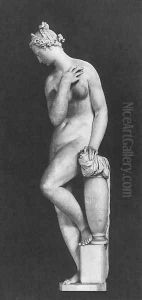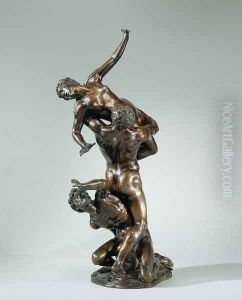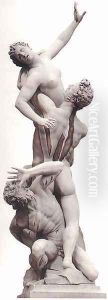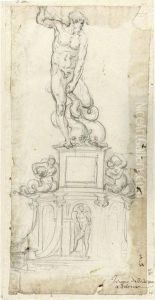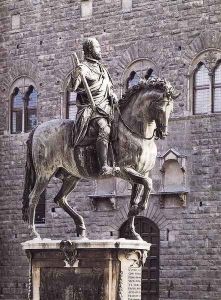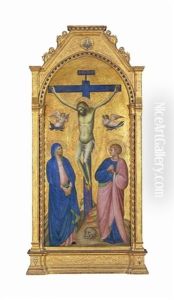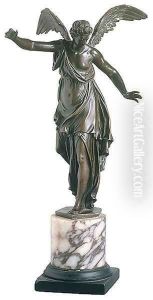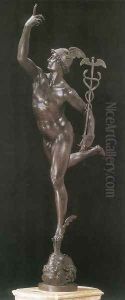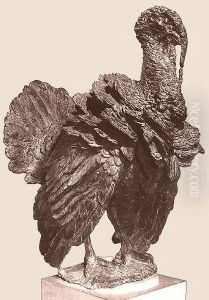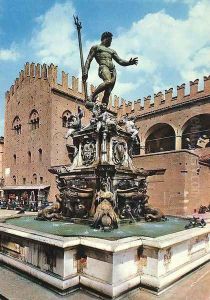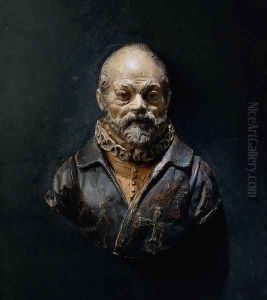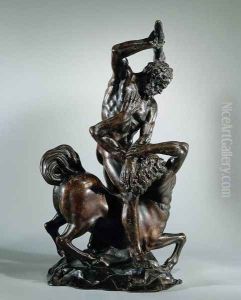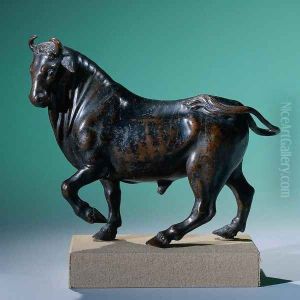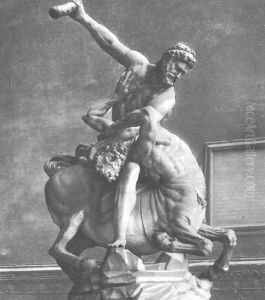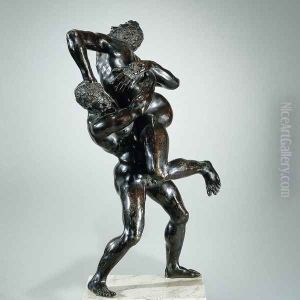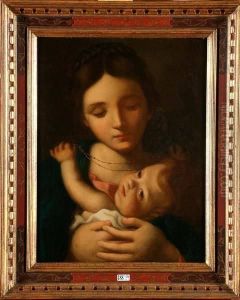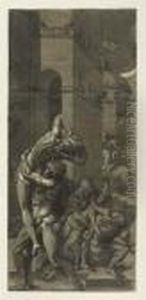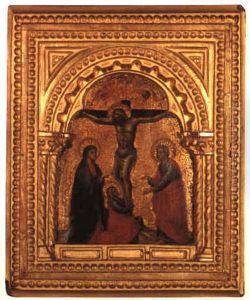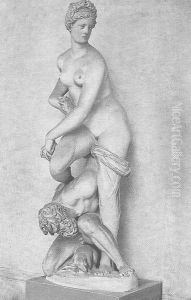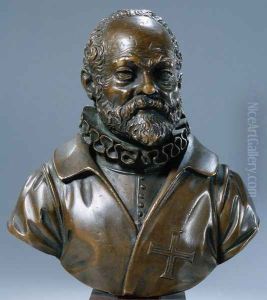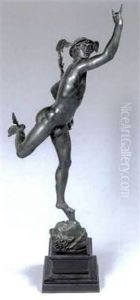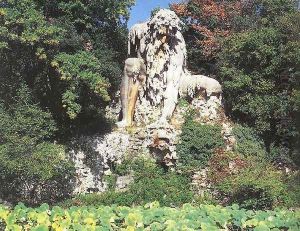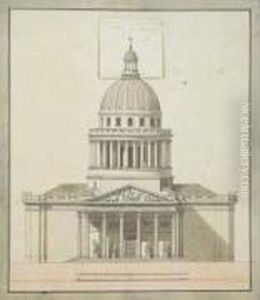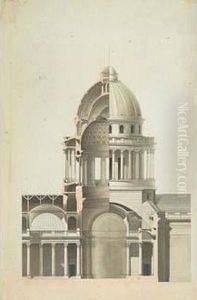Giambologna Paintings
Giambologna, born as Jean Boulogne, often known as Giovanni Bologna or Giambologna, was a Mannerist sculptor known for his marble and bronze statuary in a late Renaissance or Mannerist style. Born in Douai, Flanders (now in France), in 1529, he moved to Italy to continue his studies, and by 1550, he had settled in Rome. There, Giambologna absorbed the classical influences that were prominent in the art and architecture of the time. He studied the works of Michelangelo and the antique statues and ruins, which greatly influenced his artistic development.
In 1553, Giambologna moved to Florence, where he eventually entered the service of the Medici dukes. Under the Medici patronage, he created some of his most famous works. His style, characterized by its elegance and refined motion, became a hallmark of the late Renaissance. He was particularly adept at capturing dynamic poses and the sense of movement in his figures, which often displayed an intricate interplay of forms.
His first major work was the Neptune Fountain in Bologna, which he began in 1563 and completed in 1566. However, it was in Florence where Giambologna made his most significant impact. One of his masterpieces is the 'Rape of the Sabine Women', sculpted from a single block of marble between 1574 and 1582, which is now on display at the Loggia dei Lanzi in Piazza della Signoria. This work is particularly admired for its spiraling composition and the emotive expressions and poses of the figures.
Another notable contribution by Giambologna was the 'Hercules and Nessus' (1599), which also stands in the Loggia dei Lanzi, and the equestrian statue of Grand Duke Cosimo I de' Medici in Piazza della Signoria (1594), which showcased his mastery in creating large-scale bronze sculptures.
Throughout his career, Giambologna influenced many artists and had numerous pupils and followers who spread his Mannerist style across Europe. His works were highly prized by collectors and were often gifted by the Medici to other European monarchs as diplomatic presents.
Giambologna continued to work and receive commissions until his death in Florence in 1608. His legacy includes not only his spectacular sculptures but also his impact on the development of European sculpture, bridging the gap between the High Renaissance and the Baroque period. His influence is evident in the works of later artists, who drew upon his emphasis on complex, fluid forms and the capture of movement in their own creations.
